Bone Wars: The Great Paleontological Duel of Marsh and Cope
03.01.2024 03:25
2400 views
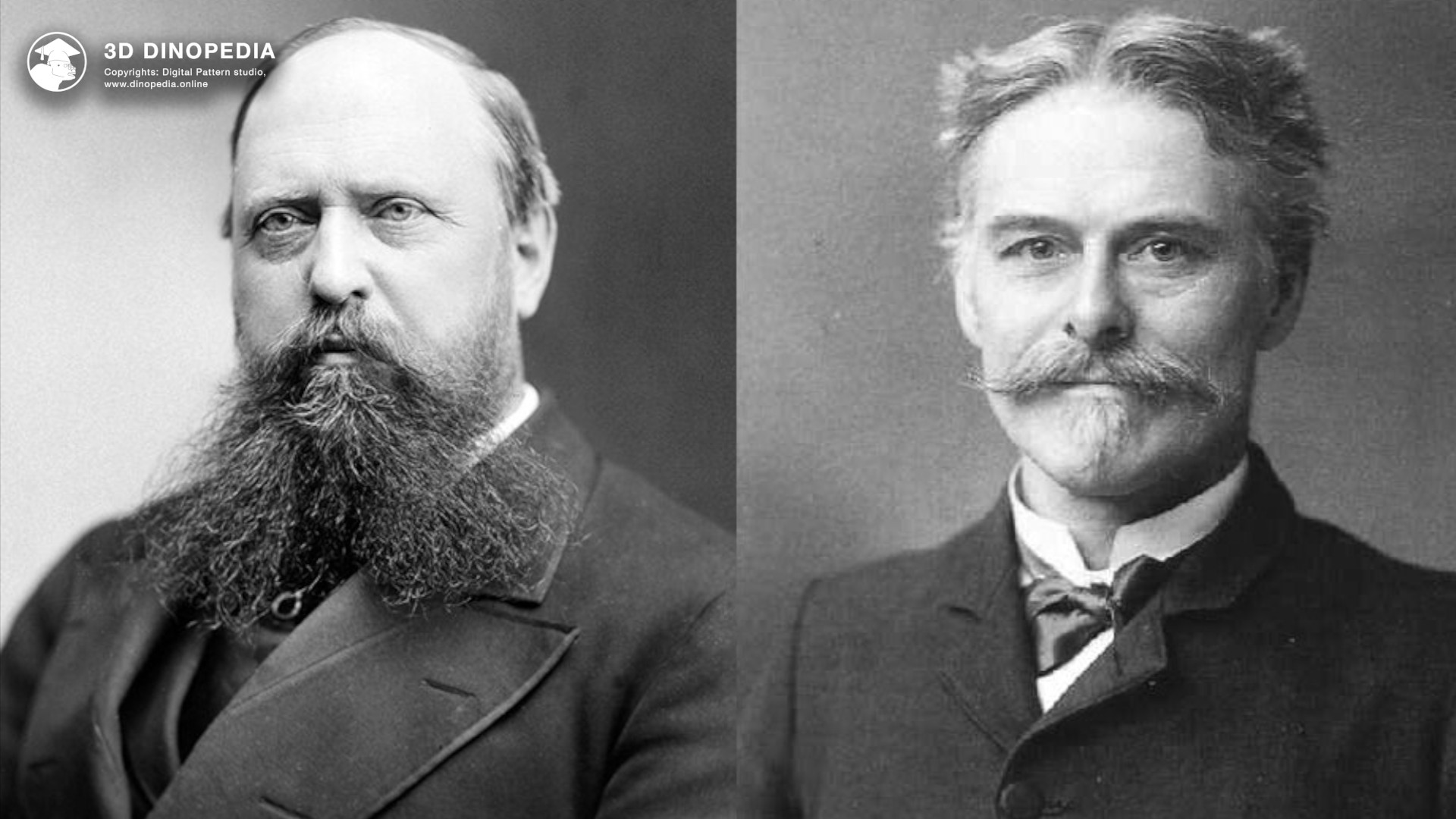
In the second half of the 19th century, the American Wild West witnessed not only cowboys, sheriffs, and the gold rush, but also a unique event in the scientific world, known as the "Great Dinosaur Rush." This was a confrontation between two American scientists, Charles Marsh and Edward Cope, also known as the "Bone Wars."
Initially, their relationship was friendly. In 1864, at the University of Berlin, they even named newly discovered dinosaur species after each other – Ptyonius marchii and Mosasaurus copeanus. However, their relationship soon deteriorated, starting with Charles Marsh.
The conflict escalated when they went on a fossil expedition to New Jersey (USA). Marsh, impressed by the richness of Cope's site, secretly bribed one of his workers to obtain all valuable findings. This act severely worsened their relationship. The culmination came when Marsh pointed out an error in Cope's reconstruction of an elasmosaurus, where Cope had placed the reptile's skull on its tail. Cope tried to buy up all copies of the already published article, but Marsh bought some and distributed them among scientists, effectively declaring war.
The key events in paleontology history took place between 1872 and 1892 when these scientists fiercely competed to discover dinosaur bones in Colorado, Nebraska, and Wyoming (USA). Using personal funds, they organized expeditions and found tons of ancient remains. Cope often personally attended digs, while Marsh initially visited the sites periodically but later managed research from the Peabody Museum, where he worked.
The most significant site discovered during this competition was the Como Bluff in Wyoming (USA), where Jurassic period rocks known as the Morrison Formation were exposed. These unique findings were first reported by teacher Arthur Lakes, who sent information about the bones to Charles Marsh. Not receiving a timely response from Marsh, Lakes turned to Cope. Eventually, after a delayed response from Marsh and a prompt one from Cope, Lakes chose to collaborate with Marsh, which was a blow to Edward Cope.
Edward Cope, striving to outdo his rival, sent loyal researchers to search for fossils near Marsh's sites. However, despite efforts, Cope failed to make significant discoveries. Meanwhile, Marsh also faced setbacks: one of his quarries collapsed, nearly destroying his team.
The situation intensified when William Harlow Reed and William Edwards Carlin, former employees of the Transcontinental Railroad, discovered one of the richest fossil deposits. Initially, they collaborated with Marsh, but due to irregular and insufficient payment from the paleontologist, disputes arose. Eventually, Carlin switched sides to Cope, marking the beginning of the most tense phase of the conflict. In the midst of winter, Carlin forced Reed to descend almost a sheer cliff with dinosaur bones and then walk along railway tracks to the nearest station.
As the rivalry between Edward Cope and Charles Marsh developed, their actions resembled scenes from Westerns more than scientific expeditions. Cope hired people to steal bones from Marsh's camp. Both camps resorted to radical measures: they destroyed found but untransportable fossils and even used dynamite to blow up sites so rivals couldn't use them. In one encounter, the teams even resorted to fistfights and throwing stones at each other.
Financial expenses on these chases for antiquities led to the financial ruin of both paleontologists. Cope had to sell part of his fossil collection to pay off debts. After fieldwork subsided, their conflict continued in the scientific sphere: they exchanged insults in publications and debates, focusing on each other's mistakes. Their confrontation received widespread press coverage, damaging their reputations and social status. As a result, Marsh even lost his position as the director of the National Academy of Sciences of the USA.
The long 'war' between Edward Cope and Charles Marsh ended with Cope's death in 1897. As a posthumous challenge to his rival, Cope bequeathed his skull to science, hoping to prove his intellectual superiority through brain size comparison, a common scientific idea of the time. However, this belief was later disproved, and Marsh did not accept the challenge, and his brain was never studied.
Despite their controversial methods and destruction of fossils, both paleontologists made a significant contribution to science, especially in dinosaur research. Together, they discovered 136 new dinosaur species, including such well-known species as triceratops, apatosaurus, allosaurus, diplodocus, ceratosaurus, coelophysis, and many others. Their work greatly enriched museum collections with exquisitely preserved skeletons. Many fossils found during their 'bone wars' were only discovered and studied after their death. Moreover, thanks to this scientific rivalry, dozens of new dinosaur sites were discovered, which continue to be studied today.
Discussions
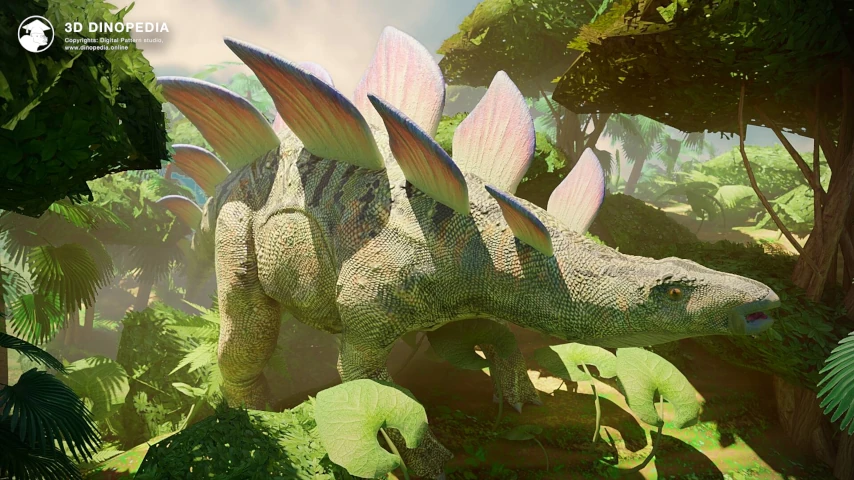
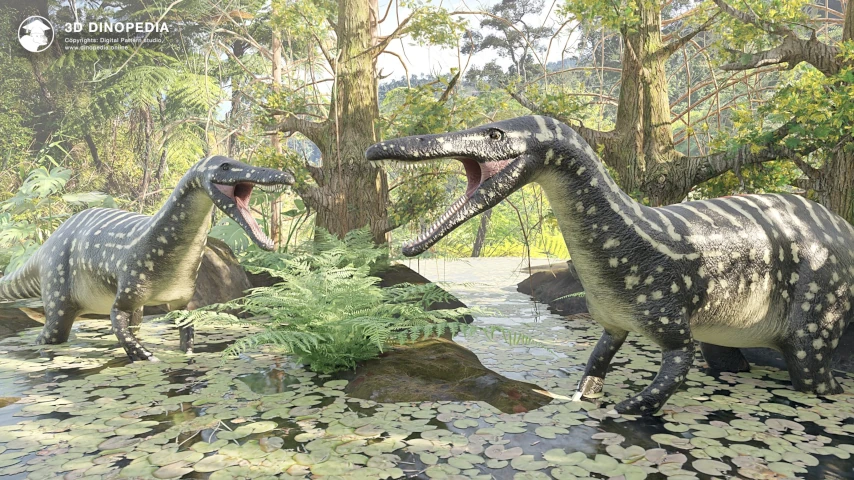
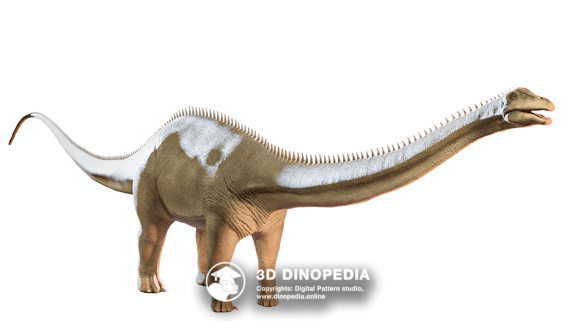

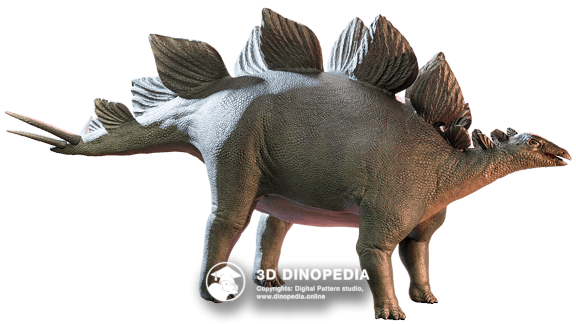
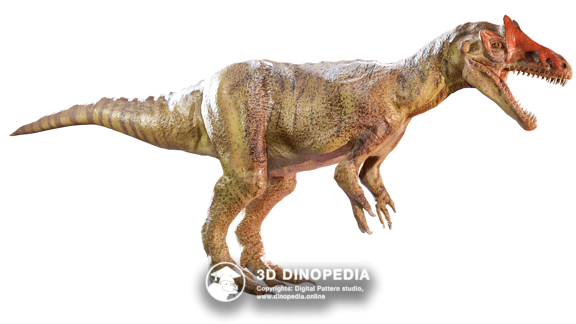

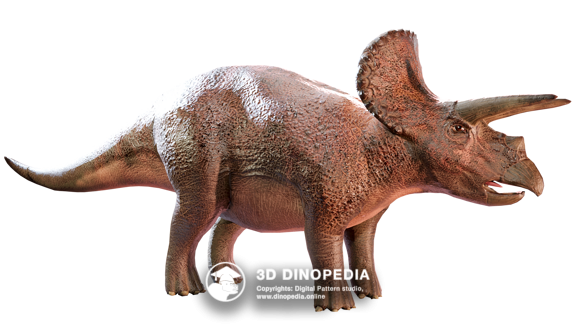




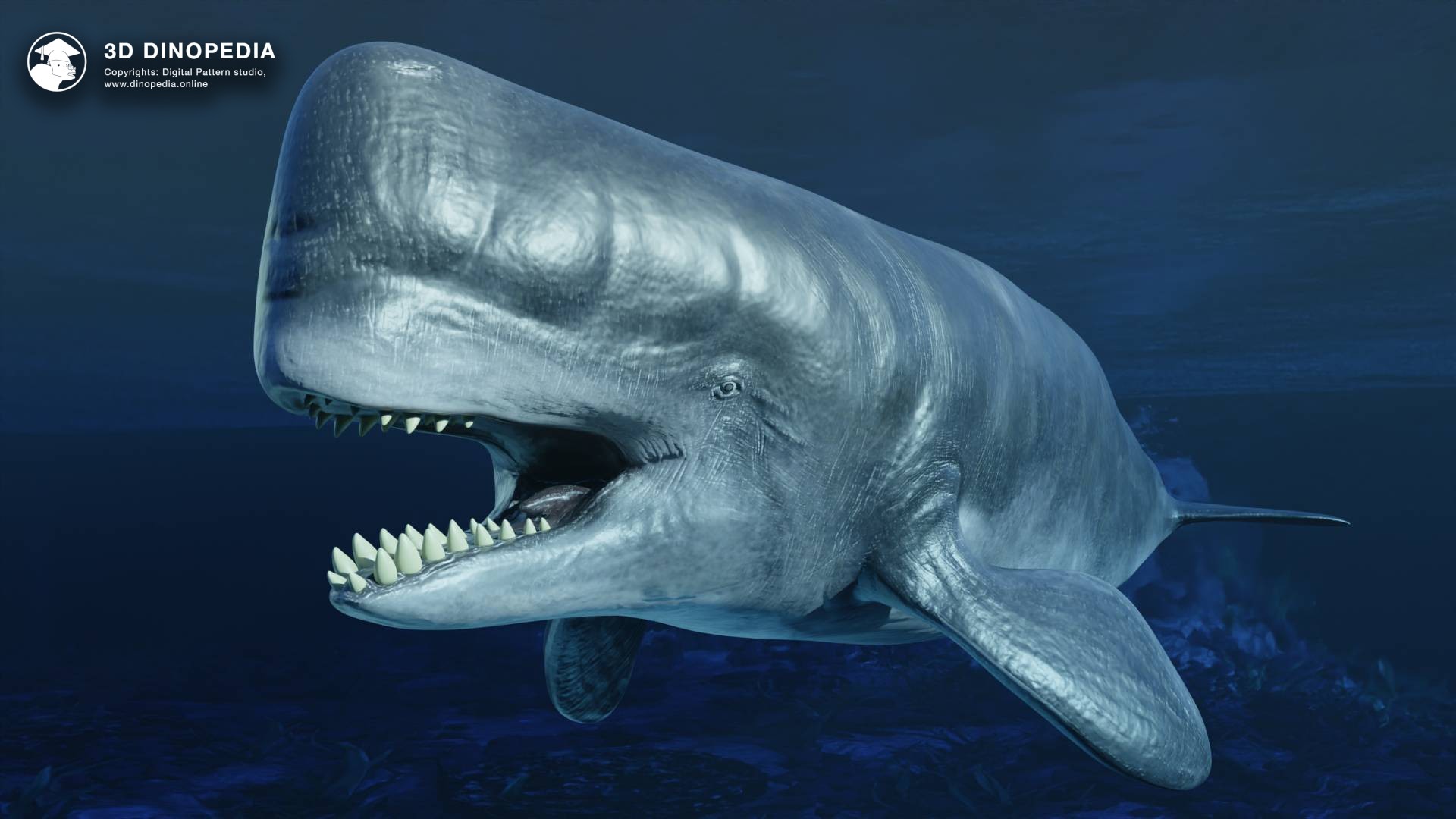


{{ count }} comments
You must login to write a comment